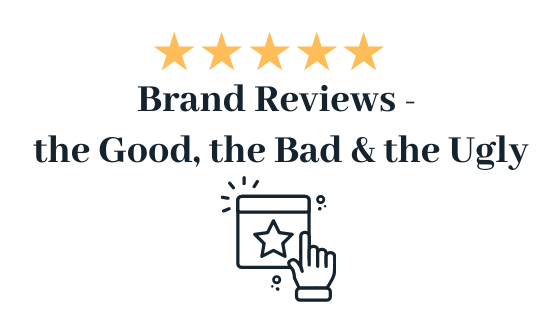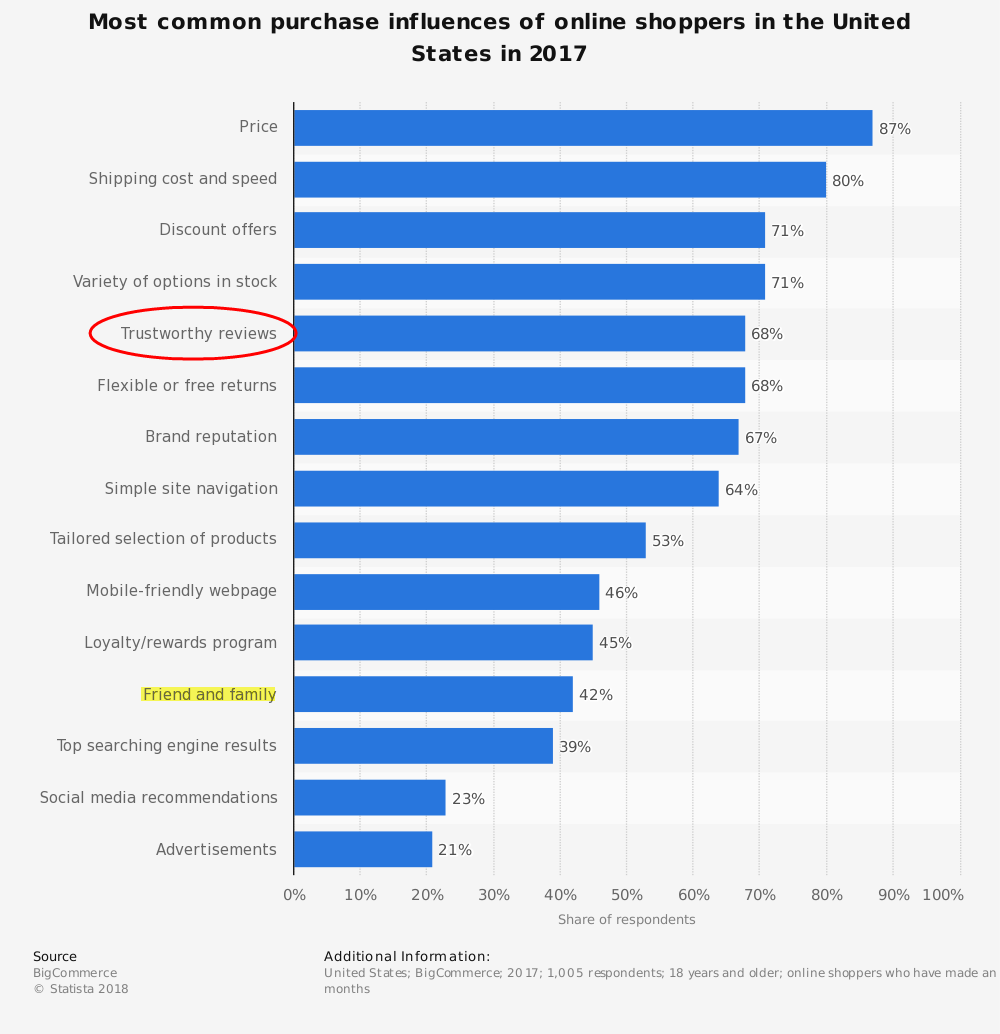When I went to college, friends and family predicted that I would acquire a taste for coffee.
That never happened. I like the smell of coffee but can’t stand the taste. Even three years of working at Dunkin’s corporate offices did not change that.
Instead, as a freshman I bought a mug of English breakfast tea at the college grill and found it much more palatable. Tea became my go-to hot beverage. I drank a mug of it most days.
That initial fondness has ballooned into full-fledged teaholism.
It’s not unusual for me to have five large mugs of tea in a day, all different varieties. Don’t worry – not all of them are caffeinated.
Seven of the eleven teas in my collection come from my favorite brand, Two Leaves and a Bud. I buy my two favorite teas, Tamayokucha (green tea) and Assam (black tea), in boxes of 100.
Two Leaves and a Bud sent me an email recently asking me to review the four teas I purchased in my last order.
Because I am passionate about their tea, I was willing to review at least one.
But if I fulfilled every review request, I’d get few other things done.
Review Requests Run Rampant
Automation has made it easy for purveyors of every product and service to request a post-purchase review. In the past week I’ve received review requests from a recent hotel stay, an Amazon purchase, a website plug-in and a restaurant experience in addition to Two Leaves and a Bud.
Review requests appear as frequently as survey requests now – and don’t even get me started on those.
My father taught me that if you don’t ask you don’t get. I understand why all these brands are asking for reviews.
A Power Research Survey in October 2017 reported that 97% of consumers read reviews before purchasing.
A BigCommerce Research Study showed that trustworthy reviews influence purchases for 68 percent of online shoppers. By contrast, friends and family, our traditional word-of-mouth sources, influence 42 percent of online purchases.
Brands reach out for reviews because they know the strong role they play in purchase decisions.
Beyond brand requests, other entities ask for reviews or offer the opportunity.
- Your brand could accumulate general reviews on Google or Yelp.
- Retailers like Amazon, Target, Zappos and Nordstrom solicit product reviews for purchases on those sites.
- Employer review sites Glassdoor.com and Indeed.com collect employee reviews that may factor into your candidates’ job decisions.
- Social media users sometimes post spontaneous reviews or complaints, especially on Twitter or a brand’s Facebook page.
As brand owner you are on the receiving end of all of this.
Let’s look at what you need to know about reviews and responding to them.
Emotion Motivates Reviews
Based on my 30 years of marketing research experience and backed up by academic studies, I can tell you that reviews tend to the extremes.
By extremes I mean that on a five-star scale you will see more five-star and one-star reviews than any number in between.
Why?
Ratings and reviews take effort. Emotion drives effort. People who are extremely happy with your service are motivated to tell the world as are people who are disappointed or hopping mad.
Satisfied customers tend to bypass review opportunities.
Great reviews can make your day. Negative reviews can anger or haunt you.
Keeping perspective is key.
Remember that reviewers do not represent the total universe of your customers. If your brand is selling well, know there are plenty of satisfied buyers who are not leaving reviews but who show their favor with repeat business or referrals.
The emotion driving reviews should be taken into account when responding. More on that below.
Negative Reviews Are an Opportunity
The 2017 Power Research study found that 85 percent of consumers seek out negative reviews.
Consumers read reviews as a way of mitigating their purchase risk. Negative reviews provide insight into what might go wrong and which products would be the best fit for them.
I have used reviews this way. For example, when shopping for sneakers on Zappos, negative reviews that described why the fit did not work for the buyer often help me understand if it would work for my feet.
Negative reviews can also carry more credibility with some people as skepticism about fake reviews spreads. Even if that credibility is unwarranted.
There are two kinds of negative reviews: those from disappointed customers offering constructive criticism and those from trolls seeking attention or monetary benefit.
Troll reviews are an unfortunate fact of doing business today.
Constructive criticism reviews are a gift. They bring your attention to some aspect of your brand that needs to be addressed and help you improve it.
Your response to constructive criticism reviews can also begin a dialogue with disappointed customers and offer the opportunity for you to make it right. Brands that handle negative reviews well and correct mistakes often curry favor with customers.
To handle reviews – positive and negative – formulate a game plan for your brand that any brand team member responding can use.
Reviews Are Conversation Starters
As I’ve said before, your brand is the sum of all the experiences your audience has had with it – every touch point. This holds for every constituency your brand has – customers, employees, distributors, prospects – anyone who has contact with your brand.
Marketing is about building a relationship with your audience. Not all relationships go smoothly.
Reviews are a chance for your audience to tell you how things are going in your brand’s relationship with them.
Think of reviews as the beginning of a conversation.
If you started a conversation with someone, you would expect a reply. Your reviewers expect a reply too.
For this reason, your brand team should respond to every review. Responding acknowledges the reviewer, shows your brand cares and offers the opportunity to keep the conversation going.
To ensure your brand team responds in a consistent manner, formulate a plan and specify guidelines for responses. Here are key aspects to consider as you craft your review response guidelines:
- Thank the reviewer for taking the time to write their review and for their comments.
- Convey that you have heard the review by paraphrasing it accurately.
- If it is a positive review, express gladness for their good experience.
- If it is a negative review, apologize for their negative experience. Avoid excuses and take responsibility for it.
- Respond with empathy. Remember that emotion motivated the review. You don’t know what else is going on in the reviewer’s life. Your brand is not responsible if they are venting out of pain from some other area of their life, but being compassionate is always a good idea.
- When addressing negative reviews, keep your response factual and respectful. If there has been a misunderstanding or misperception, don’t be afraid to tell your side of the story but keep it nonjudgmental toward the reviewer.
- Use your brand tone and voice in your responses. Your audience expects your brand personality to be consistent, even in review responses.
- Be careful with humor. Make sure can’t be misconstrued. Misplaced humor often backfires.
- Look to help. Respond to reviews reporting negative experiences with steps to make the situation right. Remedied experiences can boost loyalty.
- Identify who is responding. Communication happens between humans. Let your reviewer know who they are conversing with. Using initials is okay if there are safety concerns or if the responder is shy.
- Take prolonged or sticky problem resolution offline. On social media this could mean switching to direct messaging. For other situations it could mean a phone or web chat. Depending on your business, it could even be in person!
Troll Me Not
Don’t run from negative reviews, but don’t succumb to the ridiculous either. In the case of a troll, who is just in it for the attention and may not have even used your product, avoid challenging them or rewarding them with any emotion.
Check out Monkey Business Catering’s response approach here, which expresses regret for a negative experience but respectfully mentions no record of the complainer’s business and asks them to provide more detail. That’s often enough to shut a troll down.
You can protect your brand from troll reviews on your website and any other platform you own by posting an anti-troll policy and enforcing it. See Content Marketing Institute’s well-written comment policy for ideas.
Platforms you don’t control (Twitter, Facebook, Google) often have comment moderation tools you can use to delete abusive comments and block users if need be.
You can also report egregious behavior. Platforms like Twitter, Google and Instagram realize that abusive behavior reflects poorly on them too and provide processes for reporting and addressing it.
Strategic Use of Reviews
While the extreme nature of most reviewers – thrilled and disgruntled customers – makes reviews a less-than-optimal performance review measure, the big picture they paint can help you gauge the consistency of the brand experience you deliver.
Reviews often highlight brand strengths and weaknesses. Monitor them for insights on areas for improvement and on your competitive advantages.
Mine your competitors’ reviews for insights on their strengths and weaknesses too.
Don’t cheat by paying for positive reviews or posting fake ones. Customers can sniff out disingenuous and inauthentic testimonials. Trust underpins your audience’s relationship with your brand. Don’t gamble with it.
Most of all, try not to lose sleep over your reviews. Remember the emotions that motivate them and that they do not represent your audience as a whole.
Now it’s your turn. How does your brand respond to reviews? Please let me know.
I’ll be here waiting for the kettle to whistle for my next mug of tea.


